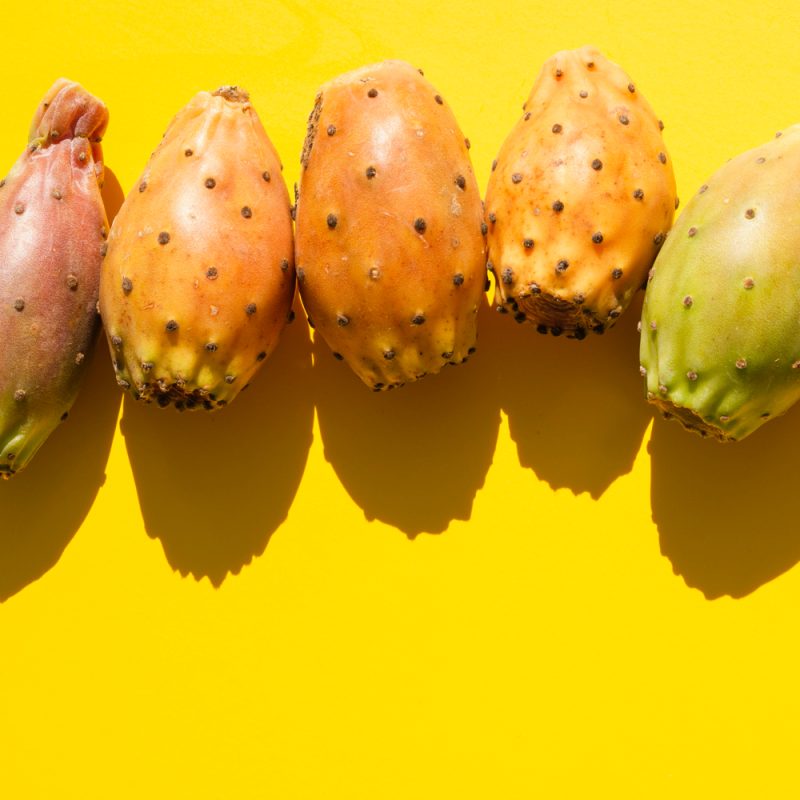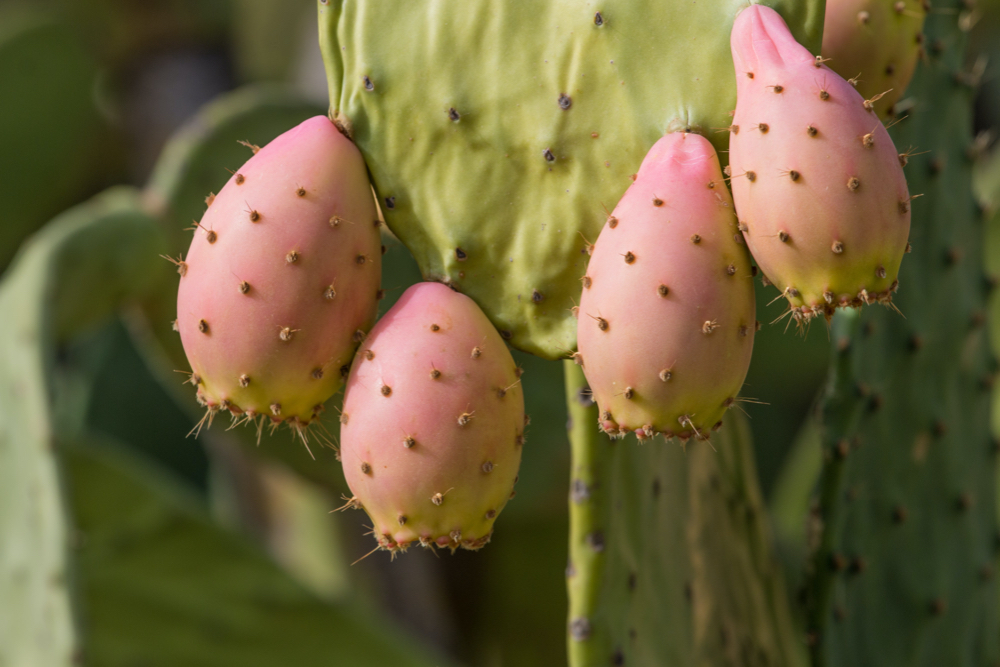Pitaya (Stenocereus spp.) is a fruit obtained from pitayo, a cactus growing in arid and semiarid regions of America with a wide distribution from South Arizona to northern Colombia and Venezuela. There are at least 24 Stenocereus species;
therefore, Stenocereus stellatus, S. fricii, S. griseus, and S. queretaroensis are the most important. The pitaya fruit has a thin skin with spines found in small groups and structures like scales located on it. The pulp is aromatic, juicy, and with tiny seeds in its interior. Because of its good sensory properties and the excellent use of natural resources (water and soil), pitaya is an essential crop for the regional economy in countries like Mexico. It is a not very acidic fruit (pH > 4.5) with an average of 9.9% of total sugars (50% glucose followed by fructose and sucrose).

Two of the most attractive features of pitaya are its high phenolic content and antioxidant activity, like berries from the genus Vaccinium (4202 – 4336 mg Troloxg− 1). Moreover, a good content of betalains (essential compounds in the induction of quinone reductase) has been reported. Pitaya is mainly consumed as a fresh fruit, but it has good potential in food industrialization, and some applications are considered in the succeeding text.
Do you want to know more about our study? Click Here!


